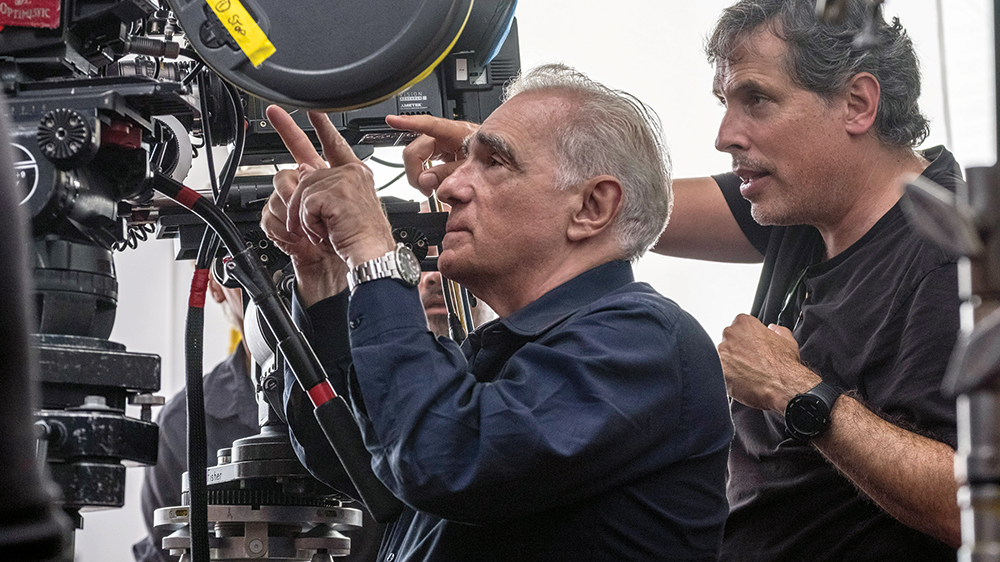Martin Scorsese Talks About Risk, the Meaning of Life and Mosquitoes
By Tim Gray
LOS ANGELES (Variety.com) – Martin Scorsese talked with Variety about “The Irishman,” its challenges and rewards, and the responsibility of filmmakers to “enrich” audiences — and about the meaning of life. “” (starring Robert De Niro and scripted by Steven Zaillian) is nominated for 10 Oscars, including best picture and Scorsese as director.
“The Irishman” may seem like familiar territory for you, but it’s radically different from your other movies about the mob. Did you see it as risky?
Sure. Once I was given financial support from Netflix, there was no reason to restrict ourselves in terms of experimenting. I’ve been making films for 45 years, so why not explore? We kept pushing to see what we could learn about narrative, character, themes, the philosophical aspects of the story. Give it your all because who knows, this could be the last film you make.
The film addresses guilt, personal responsibility, our own mortality. Were those tough to live with during the filmmaking?
That was the main reason to do the film. We need to think of those things, as human beings and as a society. In the 21st century, we shy away from it. Why not embrace it? You engage with mortality. And it’s not only death, but the question of whether there is meaning in life. Many people think there is no meaning. Well, if there isn’t, then you need to give it meaning.
“Irishman” is like a 50-year history of the U.S. and the world.
Yes, and how those events affected us. That was one of most difficult aspects to express in the film. Steve Zaillian and I talked about it, and I said these things have to be part of the story, almost like music in the background that rises and then recedes. These momentous events are occurring and they seem to have no effect on the story, and yet the story and the characters’ behavior reflect them.
Al Pacino said you provide a valuable safety net for actors. How do you do that?
There is guidance on the set, but mostly it’s in preparing and in the casting. For example, I wanted Anna Paquin to play Peggy. She has maybe one line, but I knew she could make it work; with the look in her eyes and the body language, she tells so much. I do preparation with the actors, but part of the enjoyment is seeing what they bring. I’ve been lucky enough to work with some great men and women.
I think nine women have been Oscar-
nominated for your films.
(Laughs) It’s 10 actually. If you look at the Academy as a yardstick, the number of women who’ve gotten nominations in my films is about equal to the men.
What’s the most difficult part of filmmaking?
The most torturous stage is shooting. It’s physically difficult. I don’t like it when it’s too hot! As for cold, I don’t know where to begin, but heat is the worst — and mosquitos. They all come to me.
Your New York Times editorial urged
studios to take more risks.
The emphasis on one-dimensional characters limits the audience, limits them as people. I think it started when cable news channels began carrying little banners at the bottom of the screen saying what film won the weekend; suddenly movies became about how much money a film made at the box office. You need people to come to a movie theater, I totally get it. But somehow things shifted and I think we’re shortchanging future generations. You have a responsibility to service the audience in a way that can engage them and enrich their lives. When you take artistic risks, it elevates the soul of the viewer.

